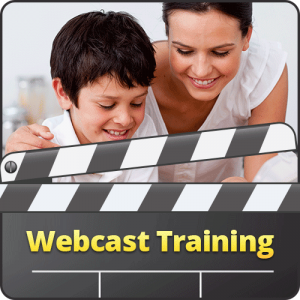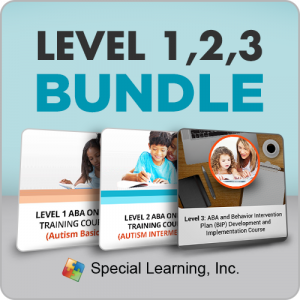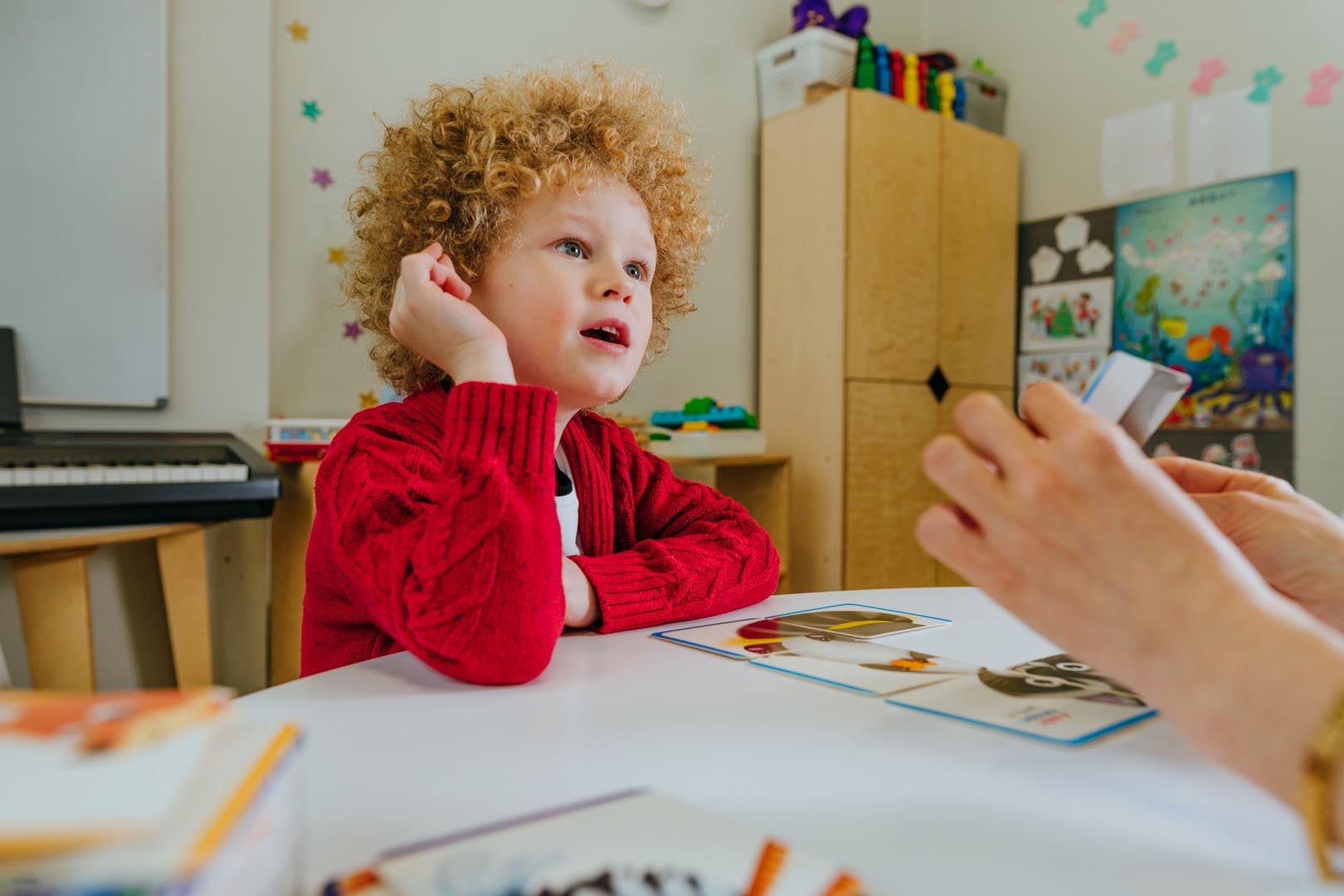Foundational Communications
Children diagnosed with an Autism Spectrum Disorder may have difficulty developing proper communication skills. Others may also have difficulty in non-verbal communication such as eye contact, facial expressions, and body language. Not all children with ASD have language problems, however. The intellectual and social development of each child with ASD will be different, depending on the child and the particular disorder. Some children may be unable to speak and some may have rich vocabularies and talk about any topic in detail. Though many children with Autism have little to no problem pronouncing words, the majority have difficulty in using language effectively or in the right manner. Many cannot converse properly with other people or have problems processing the meaning and rhythm of words and sentences. Understanding body language and vocal tones may not be understood well by children with ASD.
Here are some common patterns of language use and behaviors that are found in children with autism.
1. Poor nonverbal conversation skills.
There are many children with Autism that cannot apply nonverbal conversation skills to proper use. Examples of these skills are pointing or making eye contact. Because of their inability to express well what they want through the use of non-verbal conversation gestures, they tend to become frustrated and this can result in outbursts or similar undesirable behaviors.
2. Uneven development of language and communication skills.
This may be one of the reasons why many children with Autism are thought to have hearing problems. Children within the spectrum may develop language and communication skills but not to the normal level. Others may even be able to read before the age of five, yet it does not mean that they comprehend what they are reading. Because of this, it is normal for children with Autism to barely respond when their names are called.
3. Repetitive or rigid language.
Many children with Autism who are verbal may use words that have no meaning or connection to a conversation. Some have a condition called echolalia where words or phrases are repeated again and again. There is also a behavior called delayed echolalia, in which the child repeats words or phrases heard previously to ask for something he wants. Other children may use robot-like language, singsong tones, or high-pitched voices.
4. Obsessive interests and exceptional abilities.
A small percentage of children with Autism (around 10%) may show extremely high skills or abilities in a certain area like math, music, technology, or science. Many of these children can deliver detailed one-way speeches about a certain topic that interests them. On the other hand, carrying on a two-way conversation is most likely not going to happen.
Augmentative and Alternative Communication (AAC)
Augmentative and Alternative Communication (AAC) is the delivery of new technological or visual implementations in order to effectively communicate with the autistic person. In AAC, a speech or occupational therapist will use treatment options based on individual needs. These options include using typing, sign language, electronic devices, or pictures to teach corresponding words.
Types of Augmentative And Alternative Communication
1. Picture Exchange Communication System (PECS)
This form of augmentative and alternative communication is typically used as an aid for non-verbal autistic children. In PECS the child’s understanding of words is developed by introducing pictures of objects the child is familiar with (for example, food or toys).
2. Interactive Language Board
Language boards are used with children that have some degree of literacy but are not yet speaking. A language board can be made for different purposes. Words are also needed that allow the child to say ‘ yes’, ‘ no’ or make a comment.
3. Communicating Through Gestures
Simple actions like nodding yes or no can greatly allow a child with Autism to express what they want to do or have.
4. Sign Language
Initially developed for people who are deaf and mute, these hand gestures may also be taught to non-verbal children within the autism spectrum.
5. Manual Signing
Manual signing is an effective communication strategy for some children with autism due to its visual nature backing up verbal communication. It allows children with milder conditions in the autism spectrum to develop their vocabulary further (Mirenda, 2003). Signing does require a certain amount of fine motor control so it is not widely used in the community.
6. Language Representation Methods
This method uses any combination of three basic language representation methods. To ensure an effective communication system, an in-depth understanding of the performance differences and appropriate choices of methods are crucial.
a. single-meaning pictures.
alphabet-based methods.
semantic compaction
Copyright © by Special Learning Inc. All right reserved.
No part of this article may be reproduced in any manner whatsoever without written permission except in the case of brief quotations embodied in critical articles and reviews. For information, contact Special Learning Inc., at: contact@special-learning.com








